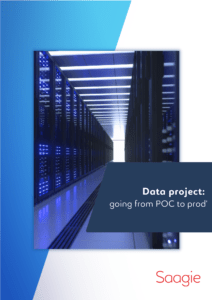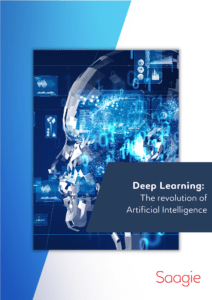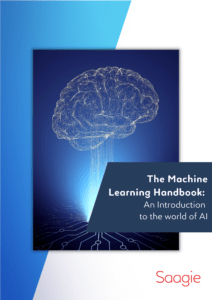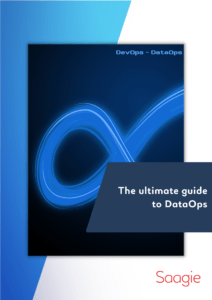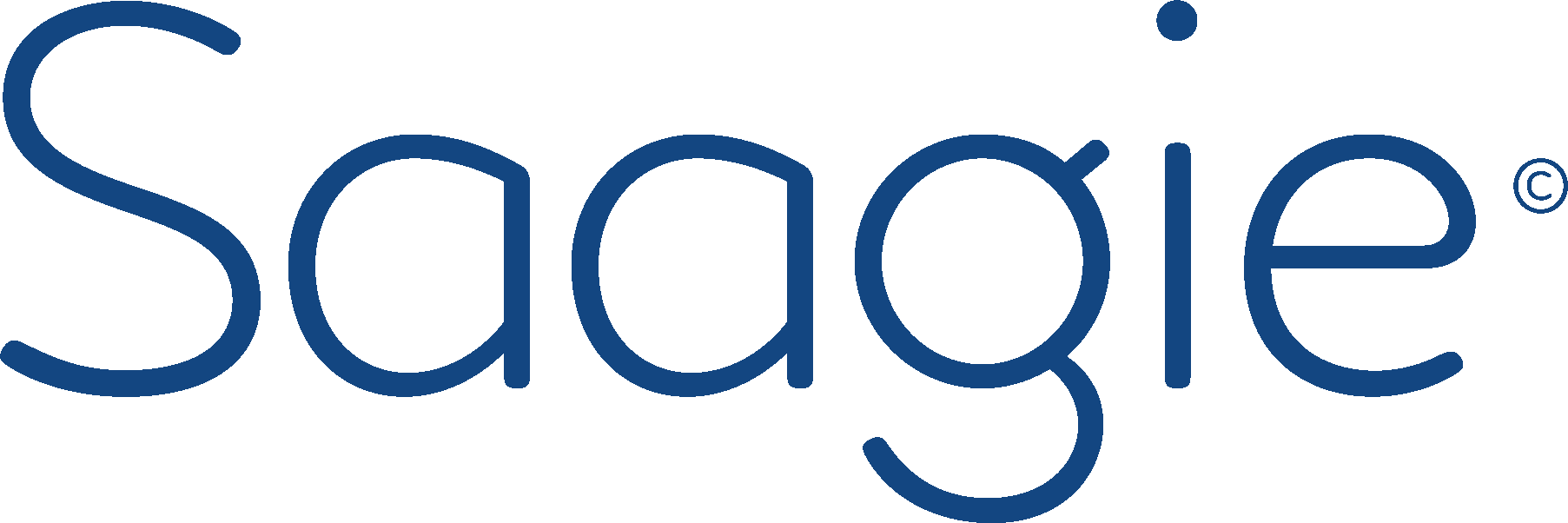With the emergence of big data technology, on both sides of the ocean new jobs have progressively appeared, and most importantly the data scientist. It is a crucial role in the process of data exploration and analytics. We would like to give you some further background information on this exciting job !
The Role of the Data Scientist
Data is nowadays a leading asset for companies, but it is important to know how to take advantage of data. The role of the data scientist is to make sense of data by crossing data and providing a clear and concise interpretation. And the job description neatly fits the work: he is the researcher of modern times. With his mathematical and statistical toolbox he can work with data and can take advantage of the most relevant scientific models.
Data Mining and Prediction Processes
The data scientist rephrases a business issue (predictive sales, predictive maintenance, customers segmentation, fraud detection) into a scientific issue (supervised/non-supervised classification, regression, recommendation, optimization).
Let’s be more specific, he :
- Retrieves internal and external data sources (CRM, accounting, social media,…) to understand, verify, clean, reformat and analyse data. The aim is to extract representative features (which is called « feature engineering »), in order to generate a relevant data set for a predictive model. This step is the longest and represents 70/80% of the job time. This is the reason why this part is often carried out by a data analyst or a statistical and mathematical technician.
- Uses powerful tools to validate and finetune algorithms and models. The best way is to find a model able to address business issues with relevant predictions and suggestions depending on the context. Data scientists turn data into an invaluable tool for decision-making.
- Communicates the result of the models with the appropriate business departments.
What skills are needed?
The tasks of a data scientist are complex and strategic, which is the reason why he or she needs to have strong skills in computing, mathematics and statistics. Moreover, curiosity, an engineering background and high-level technical skills (R language, Pyhton and other Big Data technologies like Spark, Hadoop), are also important ingredients.
Moreover, in the visualizing and analyzing phases, he has to take into account both raw data and his knowledge of business in order to extract the most representative features (« feature engineering »). It is necessary to have knowledge of products and business issues and challenges to obtain relevant and reliable predictions.
The last (but not least) skill of a data scientist is communication. Indeed, he or she has to present results to IT managers, and even top management. He or she has to be able to communicate not only the predictions themselves but also the hypothesis on which they are based.
Saagie, the workhorse of the data scientist
The Saagie platform facilitates the tasks of a data scientist. In the data analyzing and preprocessing phases, the platform provides a lot of tools for quantitative and qualitative analytics to facilitate data transformation and cross-checking analytics. Concerning predictive algorithms, the Saagie platform makes it easier test and implement predictive models in order to address business issues. All your data are stored in one place, a Data Lake, whether on the Cloud or on your own data center.
Saagie enables you to be more agile with data by offering the latest of the technologies and frameworks you are familier with, or adding new ones. The data scientist is able to juggle with all the technologies according to his needs or affinities. With Saagie, you get access to a flexible, safe, convenient and intuitive platform. You will be more efficient to respect deadlines, manage your time in an optimal way and to increase reliability of your work.




